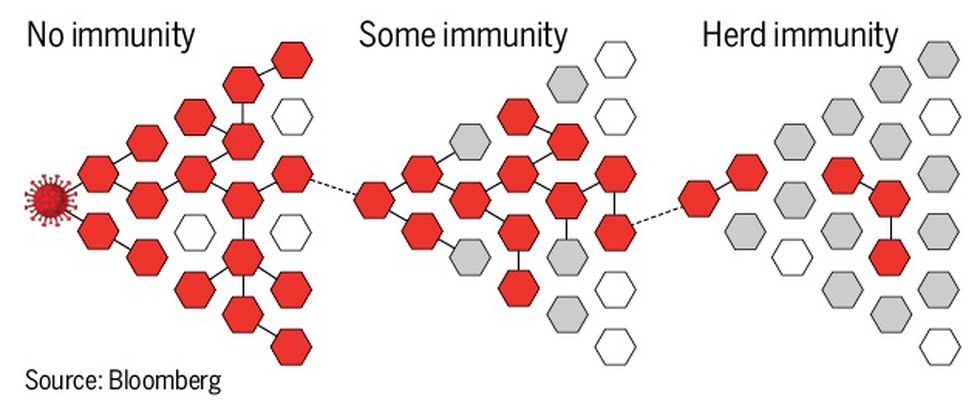
About:
Due to severe drought conditions and ...
The Global Alliance for Incinerator A...
The failure of private investment, as...
A new species of tiger cat, the cloud...
Mount Ruang initiated its eruption re...
The United States vetoed a widely bac...
The Defence Research and Development ...
Recently, Defence Research and Develo...
Israel reportedly used GPS spoofing a...
Recently, NASA confirmed Dragonfly ro...